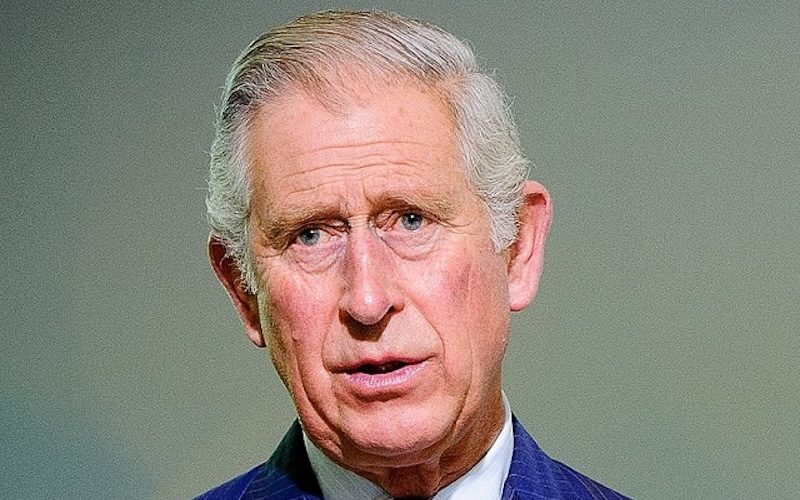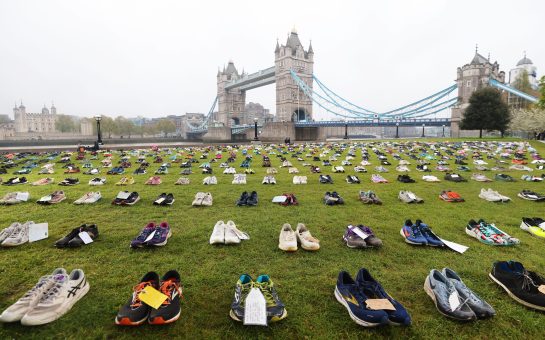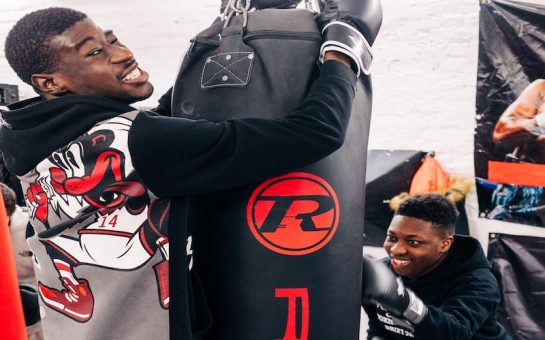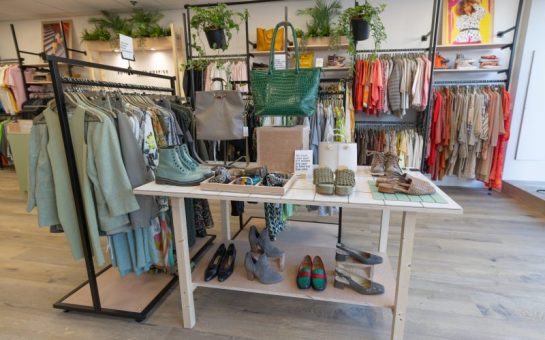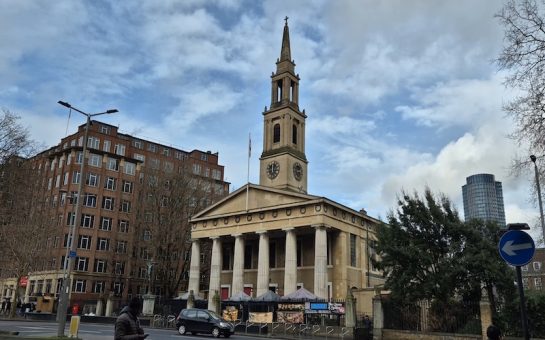The new portrait of King Charles III has drawn sharp criticism from the public since its unveiling at Buckingham Palace last Tuesday.
Painted by artist Jonathan Yeo, the piece was commissioned by the Drapers’ Company, a livery company contributing to philanthropic ventures in London, to celebrate his 50-year membership.
The 8ft 6in by 6ft 6in oil on canvas has drawn strong responses from the public, as the portrait features the King in his Welsh Guard Regimental Colonel uniform encased in a bright red background.
Art historian and director of the Turner’s House Museum Dr Matthew Morgan said: “What I think it’s difficult to pull away from is the colour of British military uniforms and the purpose of them being red is that they are aggressive, so these uniforms are meant to convey masculinity effectively, aggressiveness, but they’re also intended to hide blood.
“To create this whole image of this man in red, I think it’s difficult to get our minds to think away from all of these things.”
He added: “Perhaps it’s deliberately supposed to be provocative.”
🎨Today, The King unveiled a new portrait by @RealJonathanYeo at Buckingham Palace. The painting – commissioned by The Draper’s Company – is the first official portrait to be completed since His Majesty’s Coronation. It will hang in Draper’s Hall in London. pic.twitter.com/yVAK2PQslz
— The Royal Family (@RoyalFamily) May 14, 2024
An internationally renowned artist, Yeo has painted other famous figures including Tony Blair, David Cameron, George Bush, David Attenborough, and Malala Yousafzai.
He has even painted other royal family members including Prince Phillip and Queen Camilla.
The portrait prominently features a monarch butterfly on the King’s left shoulder, representing his commitment to environmental justice.
The butterfly, alongside his Welsh military regalia, symbolizes the King’s metamorphosis since becoming monarch.
The use of the monarch butterfly specifically pays homage to the King’s heritage as the butterfly is believed to be named after King William III of England, also known as William of Orange.
According to his website, Jonathan Yeo said: “Primarily a symbol of the beauty and precariousness of nature, it highlights the environmental causes the King has championed most of his life and certainly long before they became a mainstream conversation, but it also serves a compositional purpose, providing a visual contrast to the military steeliness of the uniform and sword.
“In the context of art history, a butterfly is often the symbol of metamorphosis and rebirth, and thus also parallels the King’s transition from Prince to monarch during the period the portrait was created.”
While Morgan confirmed the idea that the butterfly is a reference to the natural world, he couldn’t understand the relevance of metamorphosis.
Morgan said: “It just seems unlikely that a man in his 70s is now suddenly metamorphosizing into something.
“He’s been waiting to be king his entire life.”
Completed in four sittings with the King between June 2021 and November 2023, the reveal of the portrait not only surprised the public, but the royals as well.
The Independent reported that Yeo said: “He was initially mildly surprised by the strong colour but otherwise he seemed to be smiling approvingly.”
Likewise, the Independent asserted that Queen Camilla said: “Yes, you’ve got him.”
On the purpose of portraiture, Morgan said: “Well, one of the things we get from portraits is this idea that we’re getting a psychological insight into the person.
“I’m not really sure this painting gives us that.”
He added: “I couldn’t say looking at this painting that he is revealing anything of himself, particularly that we couldn’t get by an interview on television.”
Compared to other famous Tudor royal portraits painted by German-Swiss painter Hans Holbein, Morgan said royal portraits often do not give audiences a look into the monarch’s inner world.
He said: “Holbein as an artist is so great that he can make us feel that we can understand the people we’re looking at.
“There is that sort of element not just of photographic realism, but also of humanity.”
Yeo told the BBC: “If this was seen as treasonous, I could literally pay for it with my head, which would be an appropriate way for a portrait painter to die – to have their head removed!”
The new portrait will be available for viewing at the Philip Mould Gallery in London from May 16 to June 14 and will move to Drapers’ Hall in August to hang alongside other royal portraits.
Featured image credit: King Charles III in 2015 by Arnaud Bouissou, Wikimedia Commons, Creative Commons License
